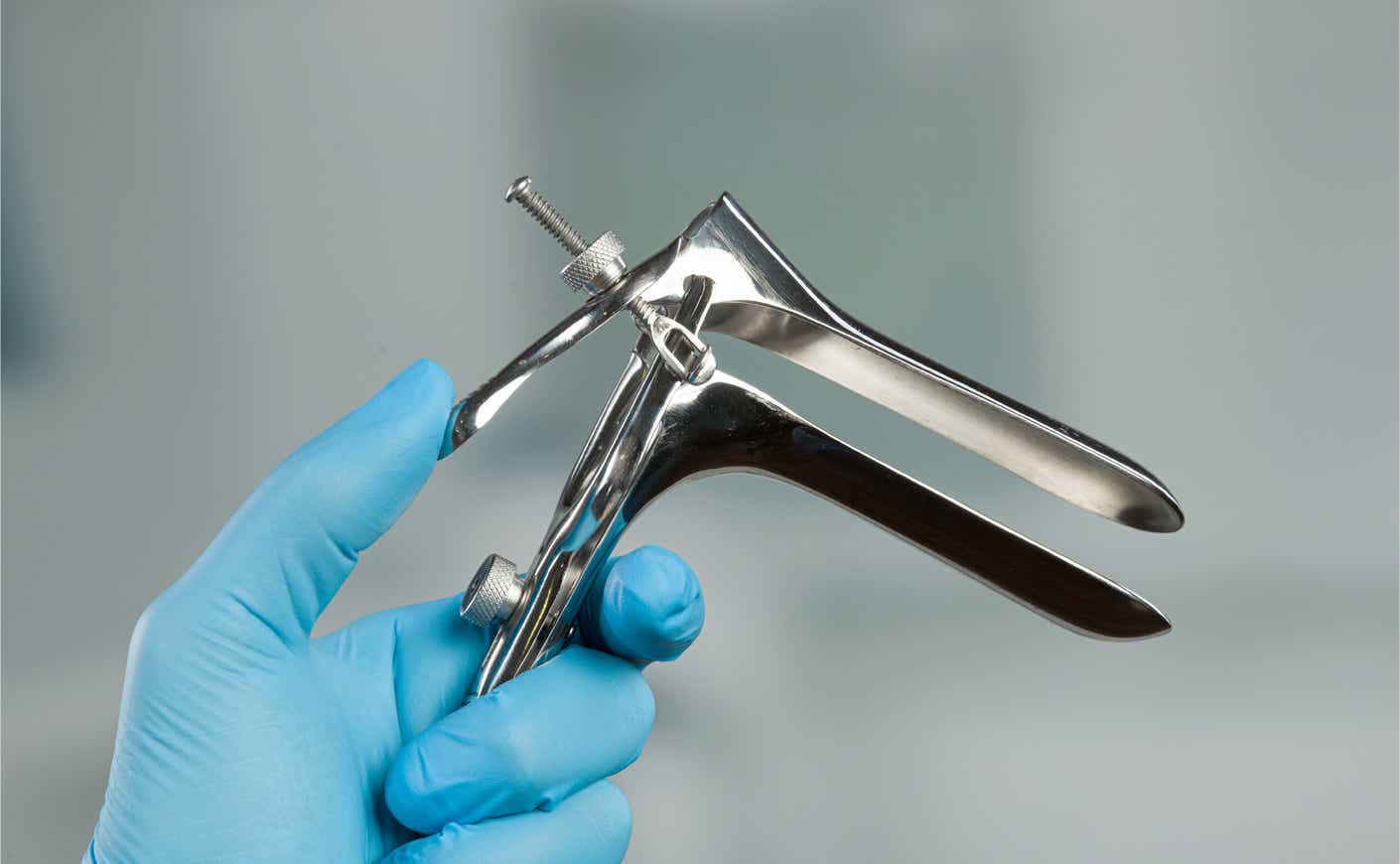The pap smear is a uniquely uncomfortable experience: the stirrups, the speculum, the fact that someone you’re likely only vaguely acquainted with is prodding around down there — the whole process is unpleasant.
Thankfully, the FDA has approved a new, far less invasive test. Experts are hopeful that it’ll both ease the burden on patients and encourage those who aren’t getting screened for cervical cancer regularly (because they’re so put off by the procedure) to go see their doctors.
“For people with a history of sexual trauma or for people with gender dysphoria, a pelvic exam can be a very negative experience,” says gynecologist and Katie Couric Media contributor Karen Tang, MD. “Certain conditions can make a pap smear pretty painful.”
“There are many reasons why patients may decide it’s too uncomfortable to tolerate,” she says. “This is why this new method is so exciting; it makes screening that much more accessible.”
In our interview, Dr. Tang explains everything you need to know about the new pap smear alternative.
Katie Couric Media: Can you explain what this new test is and how it works?
Dr. Tang: It’s a vaginal self-collection test that’s taken at your doctor’s office. There you’ll be given a cotton swab, and in private, you’ll insert it about three inches into the vagina. That sample will then be sent to a lab, which will screen for human papillomavirus, or HPV, which is the virus that causes 99 percent of cervical cancers.
Unlike a pap smear, where you use a brush to collect cells directly from the cervix, this uses a sample from the lower part of the vagina. Pap smears also screen for cancerous and precancerous cells, whereas this is strictly an HPV test.
Could this potentially replace pap smears?
I don’t think that it’ll completely replace pap smears. Most gynecologists like to have more information. With a pap smear, we’re able to see what’s going on in the cells, and can look for cervix abnormalities or polyps. It’s more likely that these self tests will become another tool to reach more people who weren’t getting pap smears or who were avoiding going to the doctor altogether.
When will these tests be available?
They're commercially available now. Tests made by Roche and BD were approved by the FDA in May, but since it’s a new technology not all doctor’s offices will have them on hand. However, they should be able to get ahold of them pretty quickly.
Is it covered by insurance?
Yes. In theory, it’s supposed to be covered by insurance, but with many things in women’s health — like hormone replacement therapy, for instance — that’s not always the case. So, it remains to be seen whether the coverage will make it a feasible option for the general public.
Do you expect an at-home HPV test will be available in the future?
Currently, the test has only been approved for use at a medical facility, but I expect that it will be approved for use at home in the future. The National Cancer Institute has an initiative that’s intended to accelerate the development and approval of a test that can be done at home instead of at a doctor's office. For people who live in a rural area or somewhere remote where they can't get to a doctor easily, this would be a great way to increase access.
Disclosure: Dr. Tang is affiliated with BD, one of the manufacturers of the at-home test.
This interview has been edited and condensed for clarity and length.









